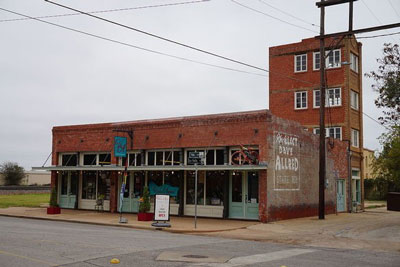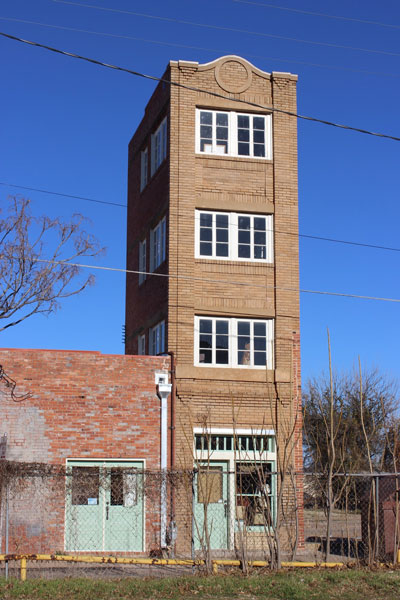
On a cold day near Beaumont, two wildcatters drilled a hole in the ground. The men were hunting for oil, commonly known as Black Gold. That January day in 1901 they certainly found their goal. Oil spewed from the platform. Visible for miles around it made those two wildcatters some of the richest men in America.

For the next two decades, and really even today, the search for oil or petroleum has covered the entire state, made millionaires out of poor cowboys, and been the subject of countless movies. It put the state of Texas on maps. One of those later discoveries was the Burke Oil Field near Wichita Falls. In 1919 a gusher was found just north of the small community of Burkburnett on part of the famous Four Sixes Ranch. As in other oil fields, excitement of wealth created mass confusion and jubilation. Successful oil strikes in Texas occurred in 1901, 1912, 1918, and 1925. The droughts of the late 1920s and most of the 1930s put a cap on drilling until the 1950s.

Excitement did not quell overnight. Most of the business deals were not held in Burkburnett, but in the larger town Wichita Falls. Crowds were everywhere. Stocks sold for thousands of dollars on street corners. One of the newcomers was J. D. McMahon, probably from Philadelphia. McMahon met with some of the movers and shakers to propose building a much-needed skyscraper in 1920. Desperate for office space, these men invested approximately $200,000 worth of stocks. (Three million dollars today.) McMahon had his own architect and building crews. Some people noticed that it didn’t take long to complete the structure, but with all of the confusion, no one really complained.
Once the building was finished, the four-story office building was actually ten feet wide and eighteen feet long with only one room per floor and no elevator. Investors filed a lawsuit against McMahon. When the judge examined blueprints, he discovered that McMahon built the structure definitely according to specifics. No one had noticed that the plans were not in feet, but in inches making the building one-twelfth the expected size. It was only 480” instead of 480’.
Who changed the plans or were they intentionally drawn that way? No one knows since J. D. McMahon fled town. For years it was an eyesore. What could possibly be done with such a disaster. After World War II, Ripley’s Believe It or Not heard of it and included it in their column. The smallest office building became an international tourist attraction. Today the site is on the National Register of Historic Places.
